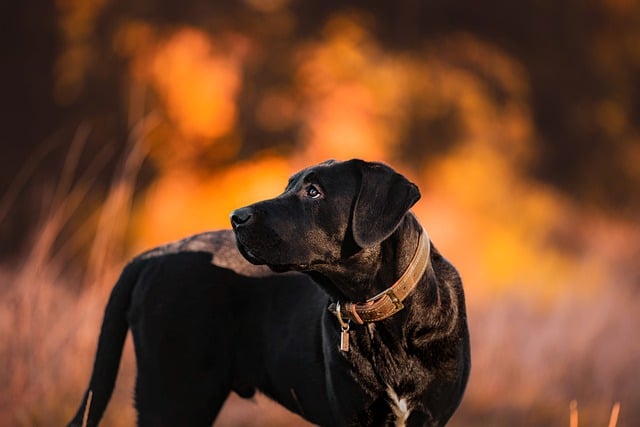
How can I tell if my dog's heatstroke is serious
Let’s be real: It’s a sticky August morning in Los Angeles, and you took your 2-year-old Golden Retriever, Max, for a walk a little later than usual
Many new dog owners start noticing it around week three—those little fur bombs clinging to the couch, stuck in the carpet, even floating in their morning coffee. You stare at your pup, who’s happily chewing a toy, and wonder: does washing a dog stop shedding? It’s a fair question, especially when your vacuum seems to run more than your TV these days.
The short answer? Washing a dog can cut down on the mess, but it won’t hit pause on shedding entirely. Here’s why: dogs shed to get rid of old, dead fur, making room for new growth. This cycle happens year-round, though it ramps up in spring and fall for many breeds. A good bath loosens that dead fur, letting you rinse it away before it ends up on your sheets. Think of it like brushing your own hair—you’re not stopping hair loss, just clearing out the stuff that’s already on its way out.
 So how do you do it right? Start with lukewarm water—too hot, and you’ll stress your dog; too cold, and they’ll shiver. Use a shampoo made for dogs (human products can dry out their skin, which actually increases shedding). Lather gently, then rinse thoroughly—leftover soap irritates skin. After the bath, grab a slicker brush or undercoat rake (depending on your dog’s fur type) and comb through while they’re still damp. This pulls out even more dead fur that the water missed. Aim for once every 4-6 weeks; over-bathing strips their coat of natural oils, leading to dryness and more shedding.
So how do you do it right? Start with lukewarm water—too hot, and you’ll stress your dog; too cold, and they’ll shiver. Use a shampoo made for dogs (human products can dry out their skin, which actually increases shedding). Lather gently, then rinse thoroughly—leftover soap irritates skin. After the bath, grab a slicker brush or undercoat rake (depending on your dog’s fur type) and comb through while they’re still damp. This pulls out even more dead fur that the water missed. Aim for once every 4-6 weeks; over-bathing strips their coat of natural oils, leading to dryness and more shedding.
Living in an apartment? Those fur tumbleweeds can strain neighborly relations. Pair regular washes with daily brushing—even 5 minutes keeps loose fur contained. And yes, always grab that pooper scooper on walks; it’s not just polite, it’s the law in most U.S. cities. When bath time feels like a wrestling match, try positive reinforcement: a treat after getting wet, another when they let you lather. Yelling or forcing them will only make future baths harder—patience wins here.
Remember, some shedding is normal. If you notice bald spots or clumps coming out, that’s a sign to check in with your vet—could be allergies, stress, or diet issues. But for the everyday fur storm? Washing a dog helps manage it, not stop it. Pair it with good grooming habits, and you’ll spend less time fighting fur, and more time cuddling your pup.

Let’s be real: It’s a sticky August morning in Los Angeles, and you took your 2-year-old Golden Retriever, Max, for a walk a little later than usual

You're enjoying a summer afternoon at the park when you notice your dog has stopped panting and appears disoriented - their gums are bright red

Let’s paint the picture: You’re in your Denver apartment, watching your 4-year-old Boston Terrier, Ruby, plop down mid-play session with her favorite toy

Many dog owners notice their pets nails seem shorter after regular walks,but how much does this daily activity actually help?The answer depends on where you walk—concrete sidewalks or asphalt streets gently file nails as a dog's paws hit the ground

Most dog owners notice their pup scooting across the carpet at some point, but few connect it to impacted anal glands. These small sacs near a dog’s rectum secrete a scent for marking territory

Most vets agree that regular dog teeth cleaning is key to avoiding painful dental issues later. For healthy adult dogs, a professional cleaning at the vet’s office every 12 to 18 months usually works well.